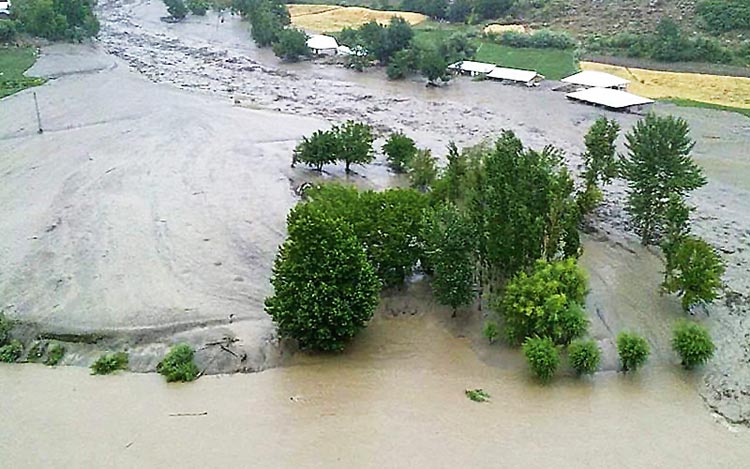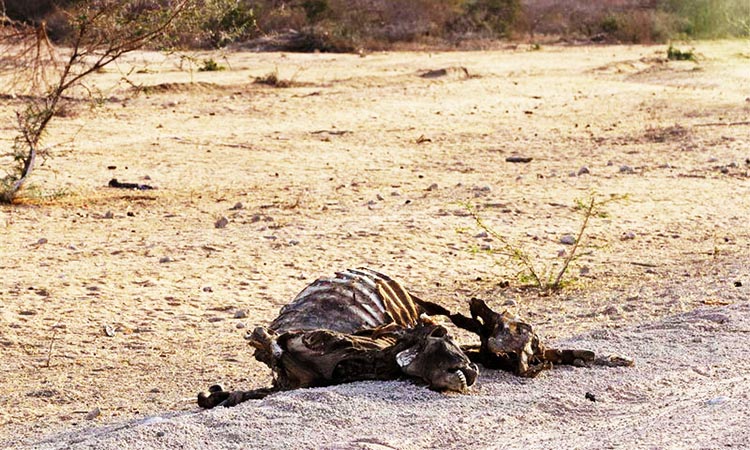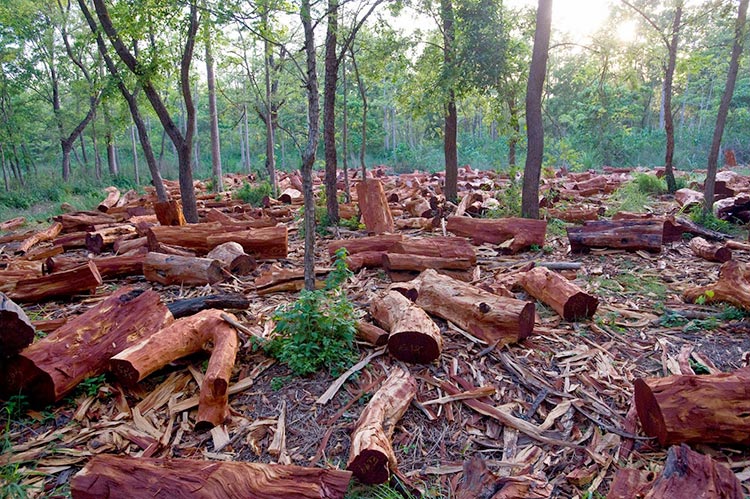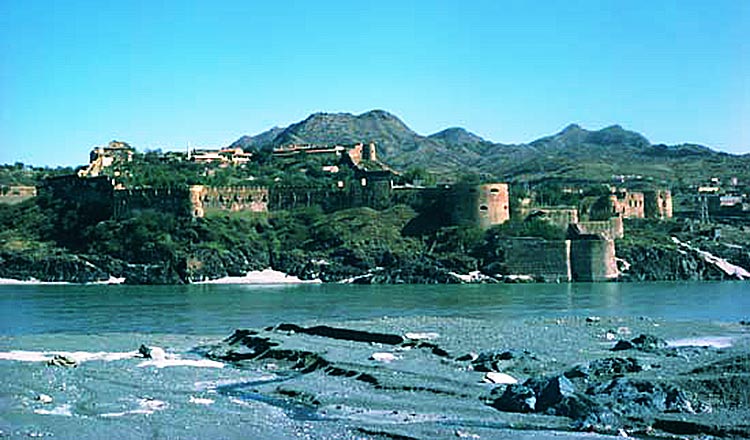How to Prevent Environmental Degradation
How to Prevent Environmental Degradation
How to Prevent Environmental Degradation, Pakistan’s unique geography, which stretches from glacier covered mountains in the north to the Indus river delta of the coast, makes it stand out not only as an extremely diverse country but also one that is increasingly vulnerable to the impacts of climate change. For several years now, the country has been facing the consequences of a changing climate: erratic monsoon rains, how to prevent environmental degradation, rising temperatures leading to reduced agricultural output, glacial floods in the high mountains, seawater intrusion into the Indus Delta and extreme weather events like major floods and droughts. how to prevent environmental degradation
Although Pakistan's contribution to global greenhouse gas emissions is low, it ranks high among countries most affected by climate change. Pakistan's mainly agrarian economy now faces larger risks from variability in monsoon rains, floods and extended droughts. In recent years, Pakistan was hit by floods in 2010, 2011 and 2012 and severe droughts from 1999 to 2002. The 2010 floods were considered the worst floods in Pakistan’s history, triggered by unprecedented rainfall in the north of the country. how to prevent environmental degradationhow to prevent environmental degradation pdf

70 Years of Environment and Climate in Pakistan - Drought in Cholistan, Pakistan, 2014 5 ways to prevent environment degradation, how to solve environmental degradation
Drought in Cholistan, Pakistan, 2014 (source: DAWN)
According to the country’s top climate expert, Dr Qamar-uz-Zaman Chaudhry, formerly head of Pakistan’s Meteorological Department: “Extreme weather events in Pakistan are increasing; the super floods of 2010 affected around 20 million people in the country and in 2011, five years of rainfall fell in just 4 weeks in Sindh. In 2012, there were more floods.” In Pakistan, climate change is a current reality with devastating consequences. According to Oxfam in Pakistan, “The last few years of continuous flooding in the country has had a long-term impact on farmers’ ability to produce food.” how can we prevent degradation, solution to environmental degradation pdf, conclusion of environmental degradation

Unfortunately, it is not only climate change that is to blame for Pakistan’s current environmental woes. Our population is now over 200 million people, with one of the highest birth rates in this part of the world. In 1963, we were a nation of just 63 million people. With the rapid increase in population, there has been an incredible decrease in forest cover due to the opening up of roads into remote areas, the expansion of agriculture and livestock, and the demand for wood in our growing cities.
Pakistan and China Population Graph, from 1950 onwards - 70 Years of Environment and Climate in Pakistan
Pakistan and China Population Graph, from 1950 onwards (Courtesy of Dr Zeba Sathar)
Pakistan has a wide range of forests, from mangroves on the coast to Himalayan moist temperate forests in the north. Unfortunately Pakistan’s forest cover has steadily declined over the years and today, according to the Food and Agricultural Organisation’s recent Global Forests Resources Assessment 2015, Pakistan’s forest cover is an abysmal 1.9% (percentage of land cover). Pakistan has one of the highest deforestation rates in the region, losing up to 42,000 ha per year (1.66%). The country actually lost 840,000 ha or 33.2% of its forest cover between 1990 and 2010 (according to the FAO).
Compare Pakistan’s pathetic forest cover to India’s 20 percent and Bhutan’s 70 percent. In recent years, the Khyber Pukhtunkwa government has initiated the Billion Tree Tsunami afforestation project to reverse the trend (40% of Pakistan’s natural forests lie in KPK) and the federal government has also kick-started the federal Green Pakistan Programme which envisions plantations on roads and canals across the country. The lack of forest cover in Pakistan has certainly added to the disastrous flooding as without biomass to slow down the water in the catchment areas, the floods become worse.
70 Years of Environment and Climate in Pakistan - Deforestation in Pakistan
Deforestation in Pakistan (source: Times of Islamabad)
The country also desperately needs better disaster risk management. According to Dr Qamar uz Zaman Chaudhry, who was also the lead author of Pakistan’s National Climate Change Policy, “Keeping in view Pakistan’s high vulnerability from climate change impacts, we need to invest heavily in climate change adaptation measures, which include up-gradation of our early warning system, urban drainage systems and overall ensuring that our future infrastructure is climate resilient.”
Pakistan’s biggest environmental problem is that it either has too much water in the form of floods or too little water in the form of droughts. Pakistan has gone from being water surplus to water stressed and soon it is going to have water scarcity. The per capita water availability has reduced from approximately 5000 cubic meters per year to around 1000 cubic meters per year. According to the World Bank, Pakistan is now heading towards water availability of less than 1000 cubic meters per year per person by 2035. “We are now a part of the group of countries where there will be scarcity of water. In Balochistan, the Kaarez have gone dry and even in Lahore the groundwater is going down; you have to pump down to 700 - 800 feet to get water,” explains Hammad Naqi Khan, the Director General of WWF-Pakistan, who considers water to be the number one problem for Pakistan.
Our population is completely dependent on the Indus river system for its freshwater – a little more than 50% of that water comes from melting snow and glaciers. Around 90% of this water is used in agriculture while 4 to 5% is for domestic use and the rest for industry. It is in the agricultural sector that there is the greatest wastage of water. “The way we use water is so inefficient – we use more water per crop than most other places. We need to enforce cropping zones and focus on drought resistant varieties and efficient agronomic practices,” says Khan.
70 Years of Environment and Climate in Pakistan - Attock Fort along the Indus River, Northern Punjab, Pakistan , effects of environmental degradation, causes of environmental degradation
Attock Fort along the Indus River, Northern Punjab, Pakistan (source: Encyclopedia Britannica)
In Pakistan, the talk when it comes to water is all about hard infrastructure solutions like building the Kalabagh Dam but no one talks about all the water that is wasted in agriculture. “There are also soft solutions – we need to plant more low delta crops” says Khan. It is the high delta crops like sugar cane and rice, which need a lot of water in a country that is already facing water shortages.

Of the 10% of water used in industry and for domestic use, the same pattern of wastage of water continues. Most industries in Pakistan use sweet groundwater for their production processes – very little of it is recycled. Due to industrial waste and agricultural runoff, our drinking water supplies have been contaminated. A study done by the Pakistan Council of Research in Water Resources (PCRWR) on the ‘Provision of Safe Drinking Water’, found that about 84% of the 200 million strong population in Pakistan does not have access to safe drinking water.
Unfortunately the country’s leaders are too distracted by energy issues, extremism and political instability to focus on our pressing environmental issues. Pakistan has a dedicated federal environment ministry called the Ministry for Climate Change. Until recently it was headed by Zahid Hamid, the federal law minister, who took charge of the ministry before the Paris UN Climate Change Conference was held in December 2015. Under his charge, the ministry has helped to ratify the Paris Climate Agreement, submit the voluntary “Intended Nationally Determined Contributions” document to the UN, introduce the Green Pakistan Program, get the National Forest Policy approved from the Council of Common Interest and pass the Climate Change Act 2016. The Minister for Climate Change was confident that Pakistan “has developed comprehensive policies and plans to tackle these issues”. However, not much work has been done on the ground and time is running out.
Former Pakistani PM giving a speech in Paris UN Climate Change Conference, 2015 - 70 Years of Environment and Climate in Pakistan
Former Pakistani PM giving a speech in Paris UN Climate Change Conference, 2015
According to the UN’s Intergovernmental Panel on Climate Change’s Fifth Assessment Report (AR5), Asia will be particularly hard-hit by water scarcity, food insecurity and an increased risk to coastal and marine ecosystems. It predicts that South Asia will be the region most impacted by global warming, due to more extreme weather events such as floods and droughts.
The report highlights the urgent need for adaptation stating that: “adaptation is already occurring” to an extent, as some governments are beginning to mainstream it in the planning processes. Countries in South Asia have already started addressing the challenge; Bangladesh for example has invested US$10 billion of its own money to adapt to extreme climatic events while Nepal is developing adaptation plans at the community level. The Government of Pakistan urgently needs to do more to protect its citizens from the impacts of climate change and a deteriorating environment. how to prevent environmental degradation
More Information:
How to Prevent Environmental Degradation
Environmental Degradation in Pakistan
17 Environmental Justice Principles
Environmental Problems at Global Level
Environmental Issues in Pakistan and Their Solutions
Mammals that lay Eggs and produce Milk
Ficus Platypoda Australian Rock Fig
Steropodon Galmani and Platypus
What is Reducing agent
Oxidizing Agent Examples and Definition
More Information:
How to Prevent Environmental Degradation
Environmental Degradation in Pakistan
17 Environmental Justice Principles
Environmental Problems at Global Level
Environmental Issues in Pakistan and Their Solutions
Mammals that lay Eggs and produce Milk
Ficus Platypoda Australian Rock Fig
Steropodon Galmani and Platypus
What is Reducing agent
Oxidizing Agent Examples and Definition
Labels:
Entertainment




No comments: